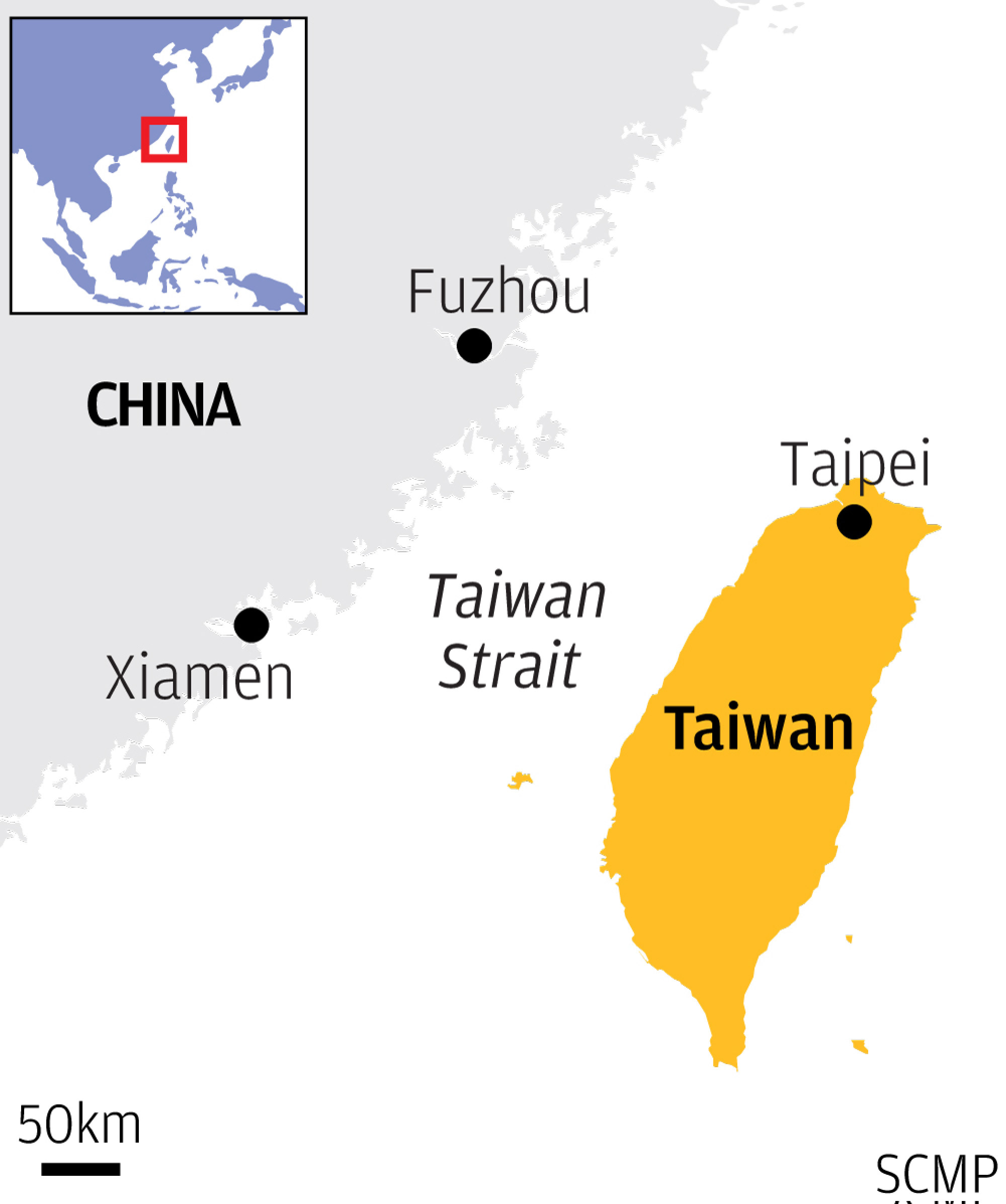
US only has itself to blame for dangerous incidents in Taiwan Strait, South China Sea
- Military incidents do not stem from misunderstandings and miscommunications, but are rooted in deeper differences regarding the international order and strategic interests
- The US may be abusing its rights under international law, creating rights where none exist and flagrantly challenging China’s core interests
Put another way, this incident and others like it have resulted from a conflict between the use of a “right” to gain an advantage over a potential enemy versus a country’s right to defend itself.
The incident highlighted each side’s position and willingness to back it up with force. The Chinese destroyer changed course and signalled to the US warship that it should move or there would be a collision. A US statement described the Chinese warship’s manoeuvre as illegal, unprofessional and unsafe.
National Security Council spokesman John Kirby said the close encounter is “part and parcel of an increasing level of aggressiveness” by China’s military. In response, Defence Minister Li Shangfu said that “we must prevent attempts that try to use those freedom of navigation, that innocent passage, to exercise hegemony of navigation”.
Consider Washington’s reaction if China were to undertake such activities in US waters. While it may not object legally, given the strained relations it would surely be seen as an unfriendly act. The US would be likely to monitor the activities closely.
The US calls the Taiwan Strait “an international waterway, meaning that the Taiwan Strait is an area where high seas freedoms, including freedom of navigation and over flight, are guaranteed under international law”. But the term “international waters” does not appear in the foundation of the international order in the oceans, the UN Convention on the Law of the Sea (UNCLOS). Rather, it is an invention of the US Navy to suggest there are waters in which they have “freedom of navigation”.
The issue for the US is whether its vessels have the right of passage. That depends on what US warships and warplanes are doing during that passage. Under UNCLOS, they must pay due regard to the rights and duties of the coastal state.
Marine scientific research in another country’s exclusive economic zone is subject to the prior consent of the coastal state. If a US warship or warplane is deploying information collection devices, they could be subject to this prior consent regime.

If the act of US ships passing through the strait is meant to imply that Taiwan has separate jurisdiction and regimes governing its claimed portion of the strait, this challenges Beijing’s sovereignty claim to Taiwan.
US warships and warplanes would have the theoretical right to pass through the Taiwan Strait even after Taiwan reunification, provided they paid due regard to China’s rights. Otherwise, they could be seen to be abusing a right for purposes other than that for which it is intended.
But just because the US theoretically can, does not mean it should. This is a political question, not a legal one. The US knows these probes and passages anger China. It should expect an angry response, especially given China’s view that the US is not paying due regard to its rights.
The US has repeatedly demonstrated the right for its warships to pass through the Taiwan Strait. This amply protects its legal right to do so. It needs to consider when enough is enough, though, and whether it wants to risk a dangerous clash to keep demonstrating this right.
Mark J. Valencia is a non-resident senior research fellow at the Huayang Institute for Maritime Cooperation and Ocean Governance


